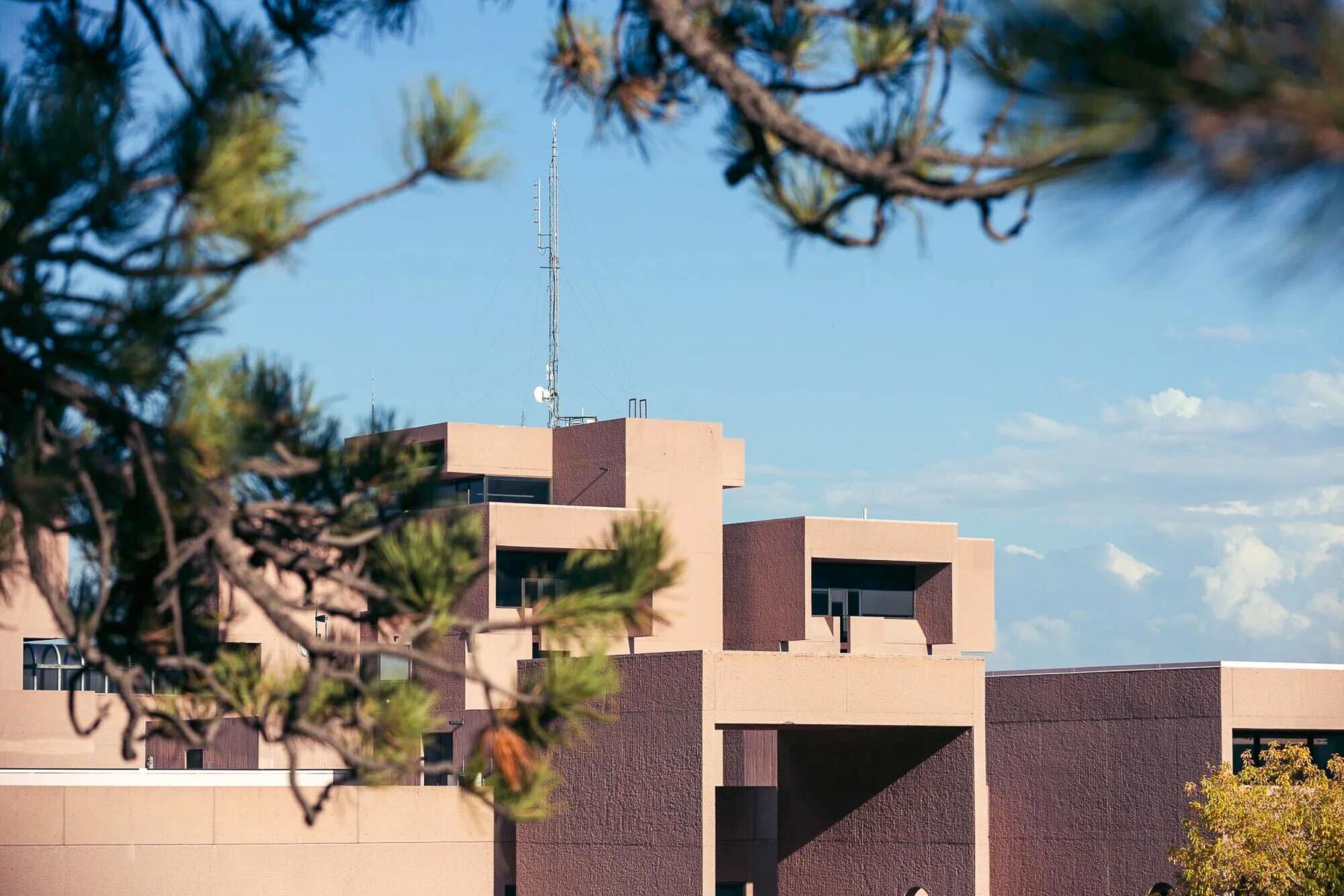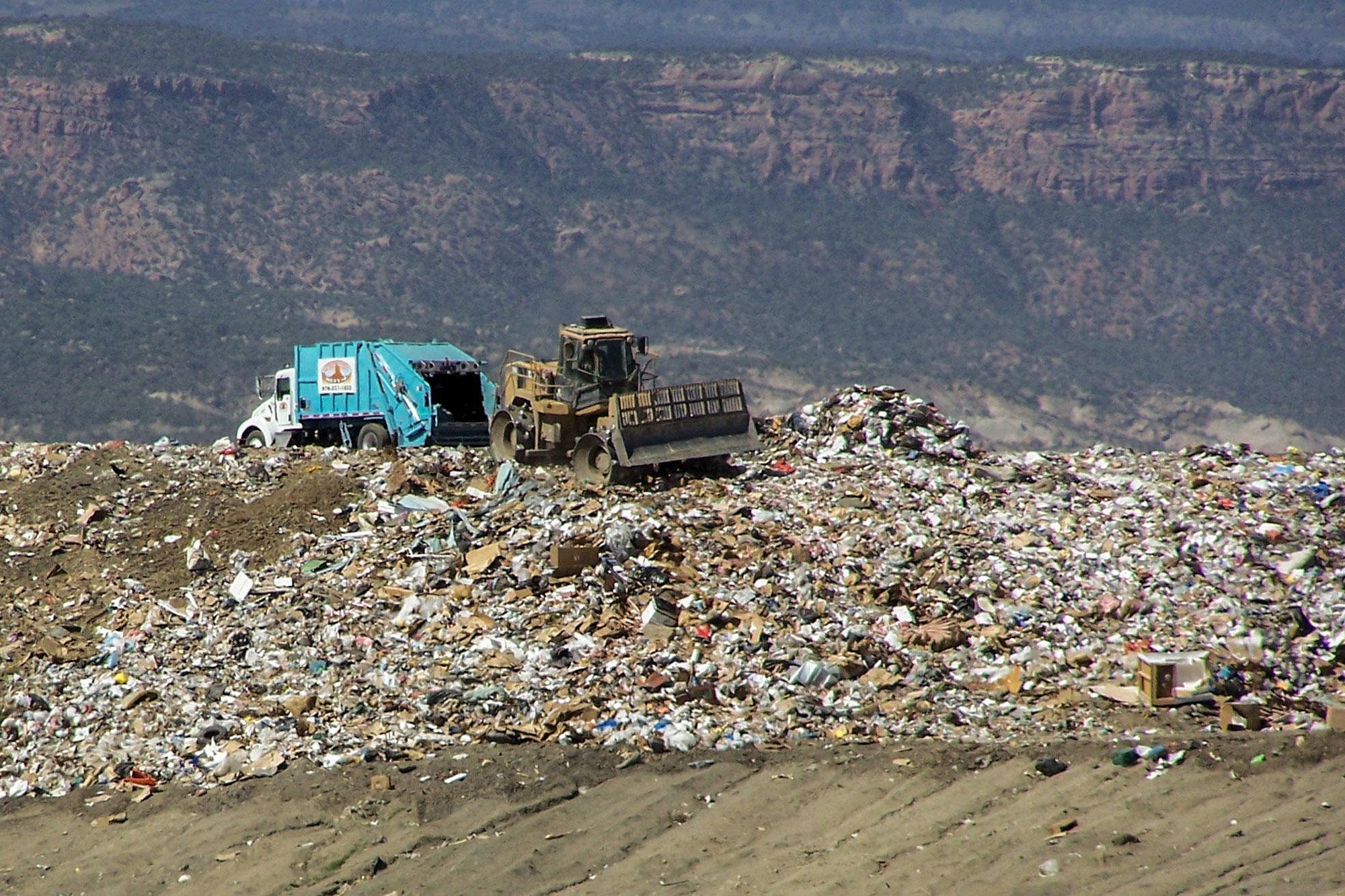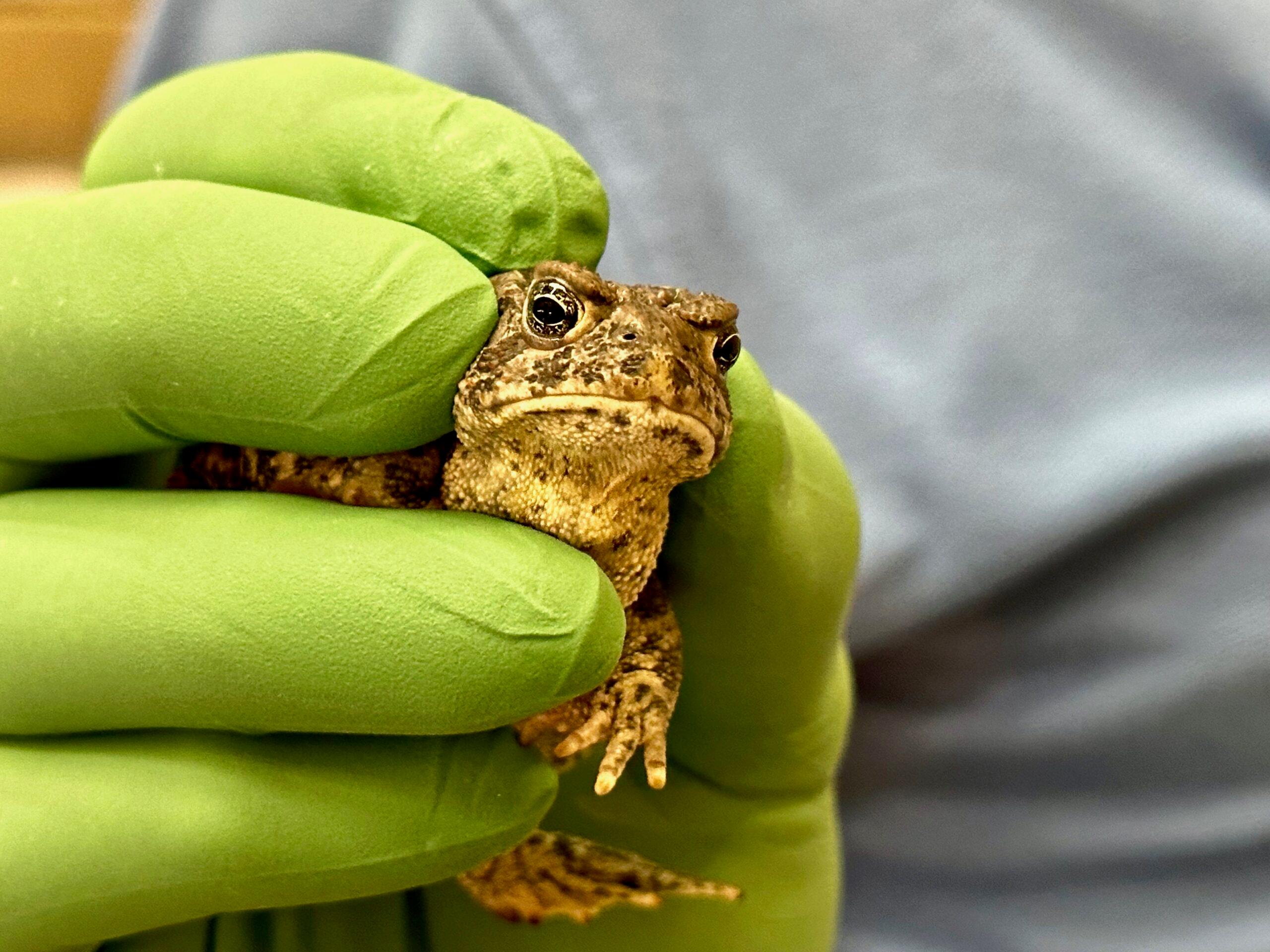
Wyoming toads are rare and, in the wild, live only in a wildlife refuge west of Laramie. Scientists thought them to be extinct in the wild just a couple of decades ago.
But an effort that the Cheyenne Mountain Zoo is participating in is trying to help nudge the toads back to a healthier status.
The zoo recently released more than 200 of them into the wild, and nearly 2,000 tadpoles.
Biologist Jeff Baughman has been part of the work, caring for a knot of toads at the zoo. He said a number of factors have contributed to their decline, including habitat loss and pesticides.
One of the biggest threats to amphibians is the Chytrid fungus, he added.
"Once it’s on the (toads') skin, it builds up so thick to where they can’t osmoregulate anymore," he said. That means it can't regulate its balance of fluids and electrolytes. "In about four weeks they’ll suffocate and die.”
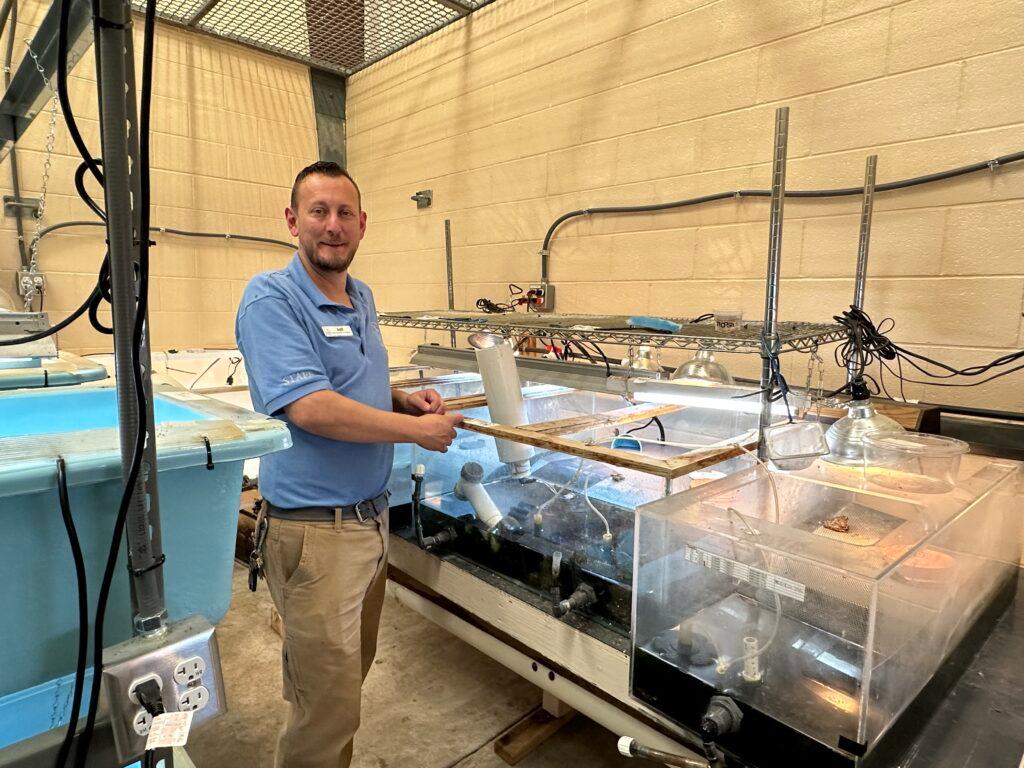
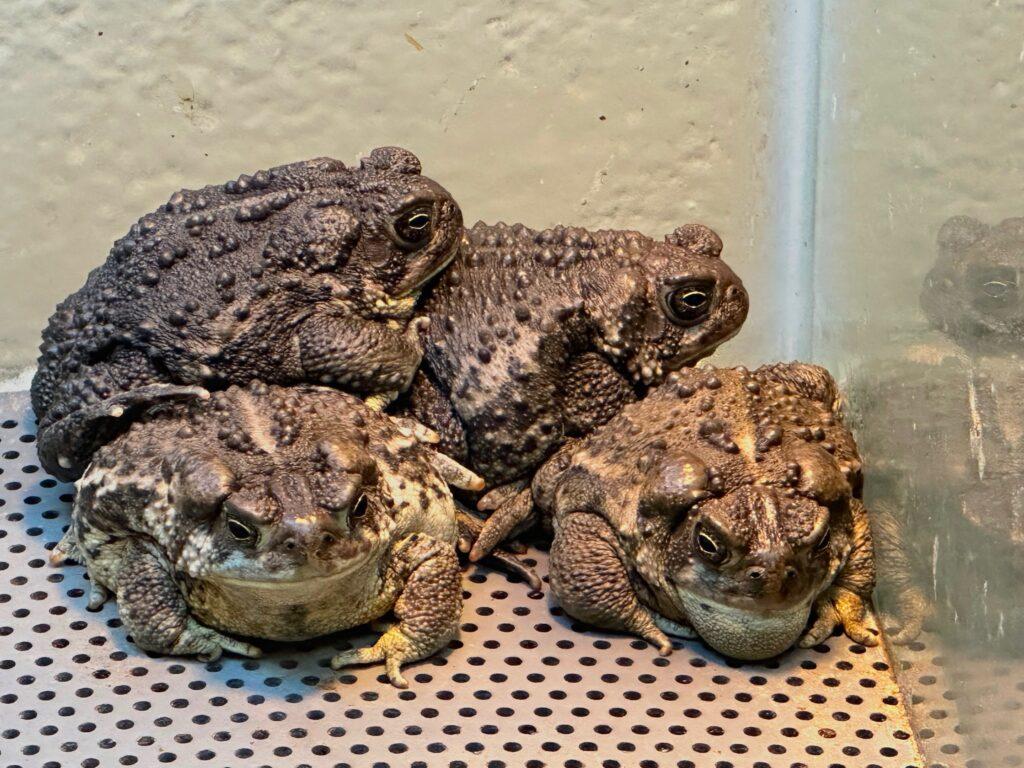
Baughman's work, in part, is to help ensure Wyoming toads will breed and produce the most genetically hearty offspring.
He plays sounds of the toads' mating call for them, recorded at the Mortenson National Wildlife Refuge. And, he uses a hibernaculum. It looks like a double-door restaurant refrigerator. Inside, the conditions simulate the cooler temperatures of the toads' natural underground hibernation cycle.
"When we check on them, we usually give them a bit of a mist and see how they're doing," he said.
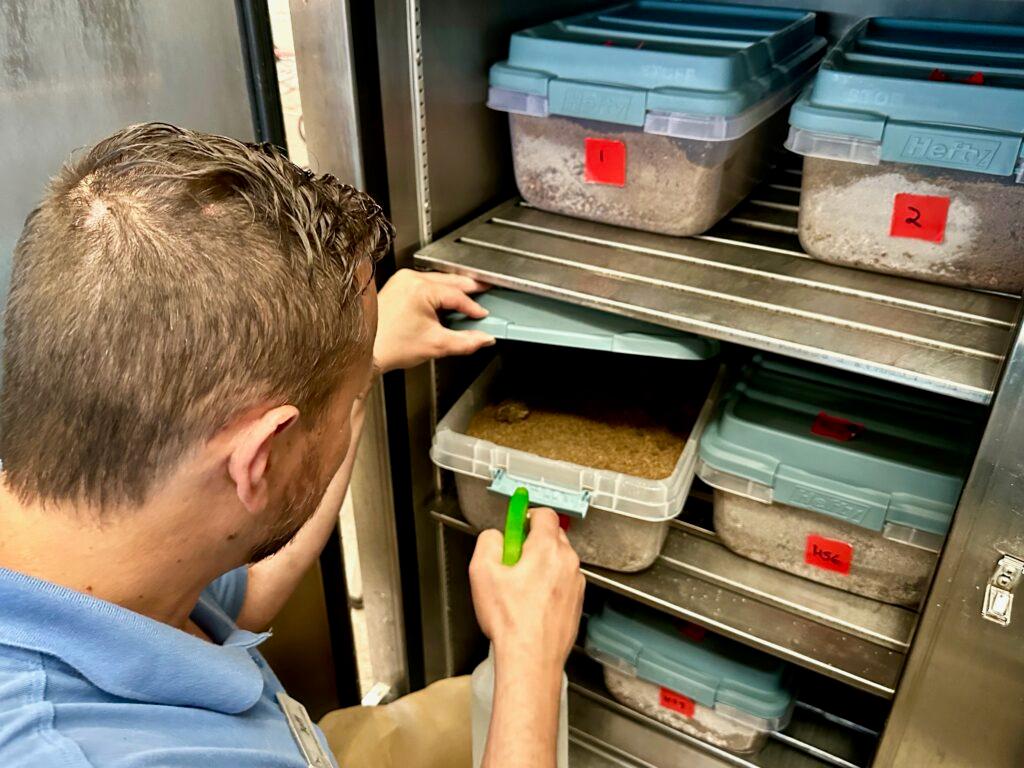
The hibernaculum stimulates their hormone production. From there, mating pairs are given additional hormone injections and then placed in a husbandry tank where they begin to couple.
Baughman said the hope "is to increase breeding in the wild, and quicker generations of that occurring will help adapt the toads to the Chytrid fungus faster.”
Like all amphibians, Baughman said the Wyoming toad is an indicator species, which is why it's important to work with them.
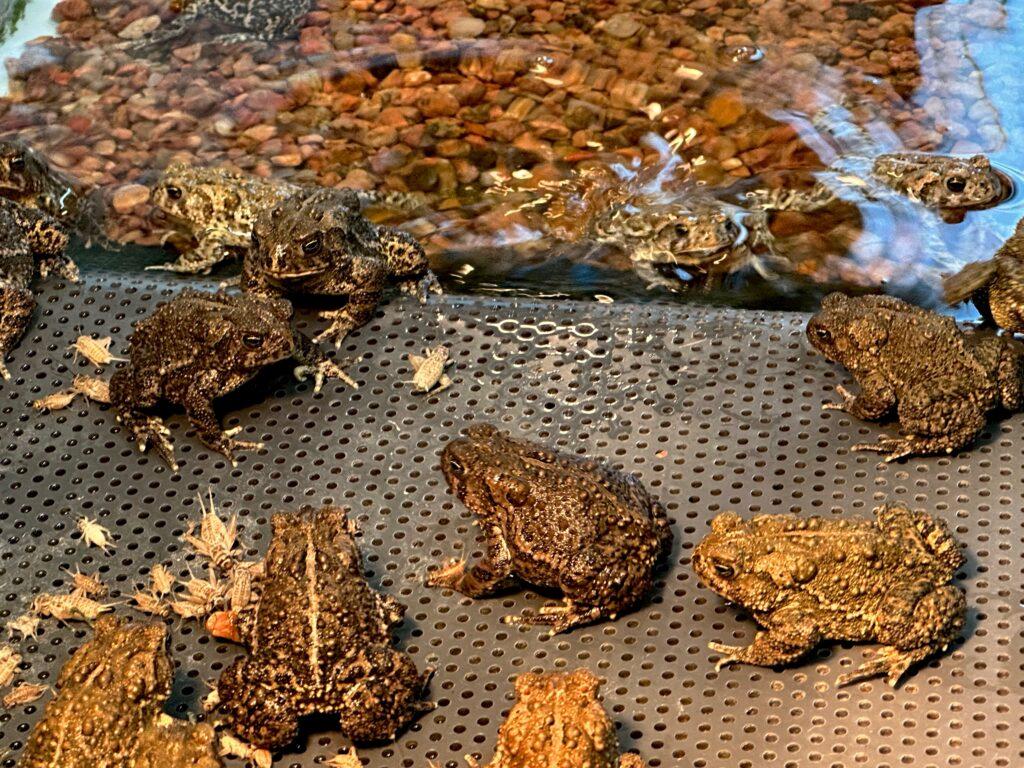
“They tell you if the environment and the ecosystem is happy and healthy," Baughman said. "Unfortunately, when they start to decline you know there are some issues going on."
Although official tallies won’t be reported until the end of the year, a recent survey in early August found the animals in all life stages in the Laramie Basin. With the zoo's efforts and others, Baughman estimated 300 - 400 Wyoming toads now live in the wild.



